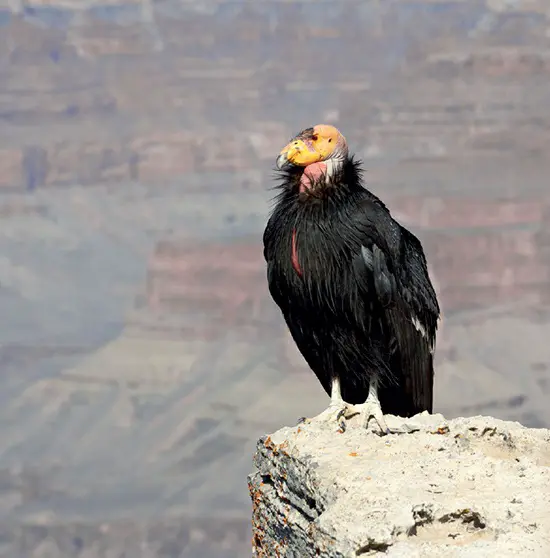The California condor, North America’s largest land bird, symbolizes the profound impact humans can have on wildlife and the resilience of nature when given a chance. Once widespread across the continent, their numbers plummeted, leading to their extinction in the wild by 1987. However, thanks to concerted conservation efforts, these majestic birds are making a remarkable comeback.
Fossil records suggest the decline of the California condor began around 12,000 years ago, coinciding with the disappearance of large megafauna, potentially due to overhunting by early humans. The situation worsened with European settlement, as poaching, lead poisoning, pesticide exposure, and habitat destruction pushed the species to the brink. By 1987, the situation was dire, with only 22 individuals remaining, all in captivity.
Responding to this crisis, the U.S. government, alongside organizations like the San Diego Wild Animal Park and the Los Angeles Zoo, launched the California Condor Recovery Plan. This initiative focused on captive breeding, public education, and gradual reintroduction into the wild. The program faced challenges due to the condor’s long lifespan, late breeding age, monogamous nature, and low reproduction rate.
Despite these hurdles, the recovery program is gaining ground. Since the 1990s, reintroduction efforts in California and Arizona have steadily increased the population. Today, there are approximately 500 California condors, with about 300 thriving in the wild. This remarkable turnaround showcases the potential for conservation efforts to revive critically endangered species.

